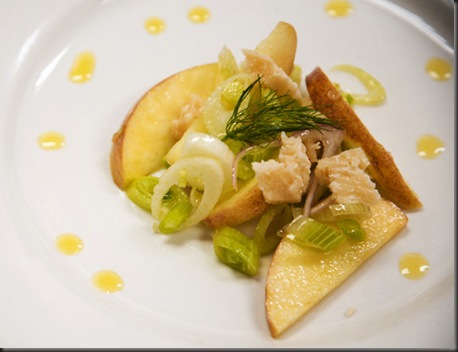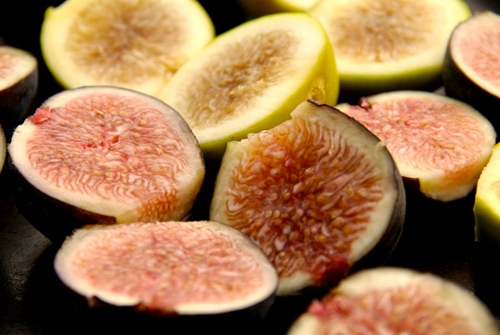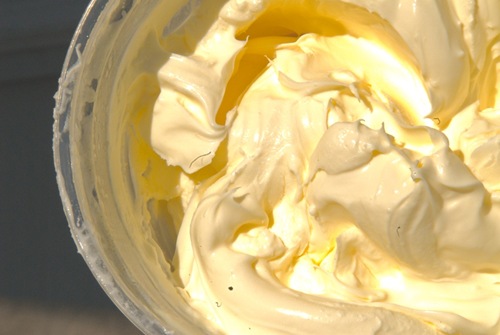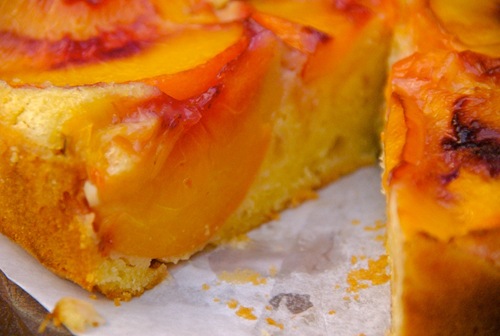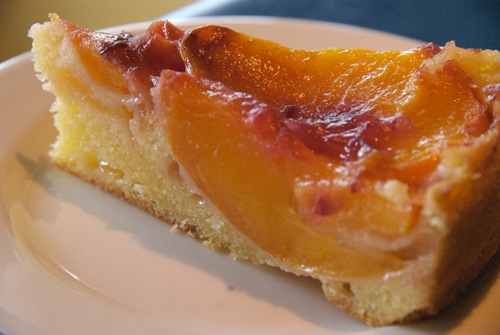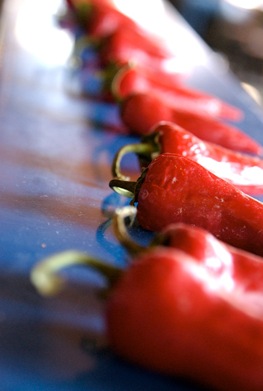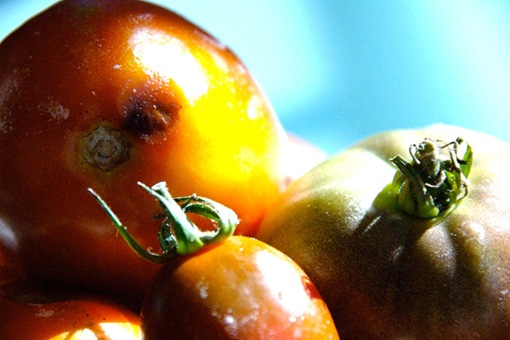Serves 4-6
I first discovered fennel while I was studying in Parma, Italy. The strange white onion-like bulb that my mother had never cooked or liked (or maybe even tried) was in every nonna’s market basket, braised on every plate, or shredded in every salad. This recipe is a version of my favorite, and simplest, of those salads with the only difference being the substitution of seasonal crisp northwest apples in place of the Spanish and Moroccan oranges that flooded the Italian markets in winter.
I medium fennel bulb, tough outer layers removed
1-2 firm sweet-tart apples, such as Fugi or Granny Smith
½-1 lemon to taste
Best Quality Olive Oil, preferably with a peppery undertone
Crumbled Fresh Parmesan Cheese, preferably aged 2 years (Parmagiano Reggiano in Italian)
Sea Salt & Fresh Ground Pepper
This salad is best made at the last minute since both apples and fennel oxidize quickly, loosing flavor and gaining a unsightly brown color—but since this salad is so simple to prepare and good to eat that has never been a problem for me.
Begin by slicing the green stalk off of the fennel bulb. Save a few sprigs of the lacy fennel leaves for decoration and discard the rest. Using a sharp knife, or a mandolin if you have one, slice the remaining bulb into thin slices, roughly 1/4-1/8th of an inch thick. Place the sliced fennel in a bowl and immediately cover with lemon an olive oil to prevent oxidation. Slice your apple(s) into thin wedges, keeping the skin for color and crunch, and add them to the fennel mixture. Top with a generous drizzle of olive oil, salt & pepper, and crumbled Parmesan.
I like to plate this salad individually and serve it as a starter. However you choose to use it, an individual presentation shows off the delicate shape and color of the fennel, olive oil, apples (or oranges if you substitute them) and cheese.
In a simple dish like this, the quality of each ingredient is extremely important. If you are new to olive oils there are several pointers that can help you distinguish producers that cater to an educated consumer. Firstly, you only want extra virgin. Secondly, pick bottles that at packaged in dark glass bottles or opaque container: olive oil degrades with light and dark or opaque containers preserve the freshness of the product. (Another trick is to wrap the bottle in tin foil once you get home.) Thirdly, look for a percent acidity on the back of the bottle: the lower the better as this measures the amount of undesirable fermentation that occurred before the olives were pressed and after the oil was sealed. And finally, look for oils that are from a dated harvest and pick the oils whose harvest date is closes to the most recent November. Olive oils DO NOT improve with age, and you always want the oil most recently pressed. Once you find an oil you really like, reserve this oil as a finishing oil ( an oil applied after cooking is done for flavor and color) since heat will degrade the properties you have so carefully selected it for.
As for the Parmagiano, it is important to use the real thing, and if you cannot find it, the closer the better. Costo owns the import rights on real Italian Parmagiano, and the best prices so that is where I buy mine. Otherwise better groceries almost always carry the cheese. Simply crumble the cheese by breaking it up with a fork.

